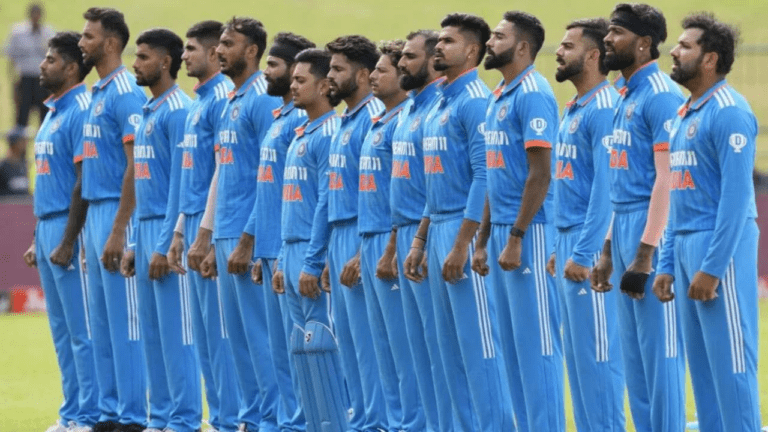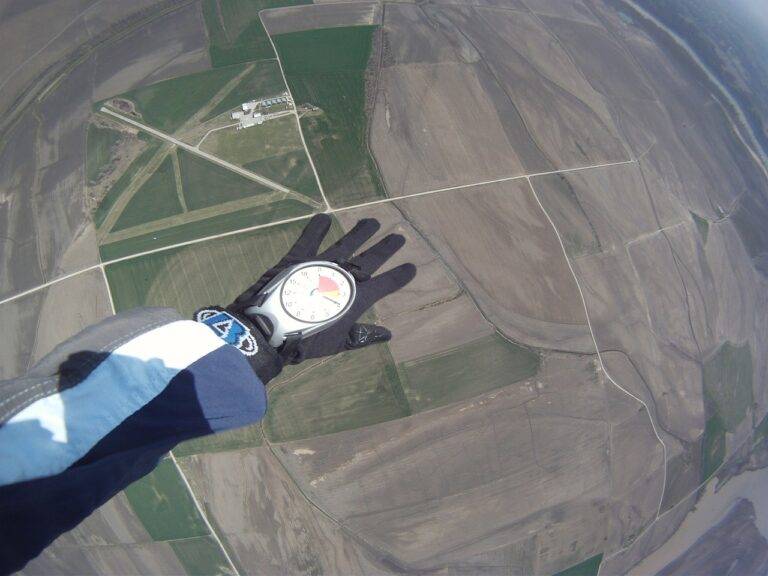IPL and Injury Management: Balancing Player Fitness with Performance Demands
99exch, Gold365: Hydration plays a crucial role in the overall well-being of IPL players. Staying adequately hydrated before, during, and after matches is essential to prevent muscle cramps and fatigue. Players should make a conscious effort to drink water regularly and include electrolyte-rich drinks to replenish lost minerals during intense physical activity.
Proper warm-up and cool-down routines are vital components of injury prevention for IPL players. By incorporating dynamic stretches before a match and static stretches post-game, players can improve flexibility and reduce the risk of muscle strains and tears. Additionally, including foam rolling and mobility exercises in their routine can help improve range of motion and prevent injuries.
Understanding the Impact of Injuries on Player Performance
Injuries have a profound effect on the performance of players in the IPL. When a player is sidelined due to an injury, not only does it impact their own performance, but it also has repercussions on the team as a whole. The absence of a key player can disrupt the team dynamics and affect the overall gameplay strategy.
Moreover, injuries can also have a psychological impact on players. Dealing with the frustration of not being able to participate fully in games can lead to feelings of insecurity and self-doubt. This can further hamper the player’s performance even after they have physically recovered from the injury.
The Role of Strength and Conditioning in Injury Management
Strength and conditioning programs play a crucial role in injury management for athletes, including IPL players. By focusing on building strength, flexibility, and overall conditioning, these programs help prevent injuries by enhancing the body’s ability to withstand the physical demands of the sport. Additionally, proper strength and conditioning training can improve biomechanics, reduce muscle imbalances, and enhance proprioception, all of which contribute to injury prevention.
Incorporating a well-designed strength and conditioning regimen can also aid in the rehabilitation process for injured players. By targeting specific muscle groups and movement patterns, athletes can regain strength and mobility post-injury, reducing the risk of re-injury. Furthermore, maintaining a consistent strength and conditioning routine throughout the season can help players stay resilient and perform at their optimal level, even in the face of the physical challenges posed by a rigorous cricket schedule.







